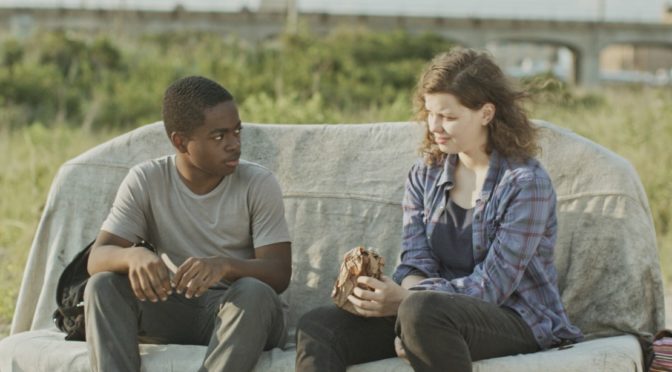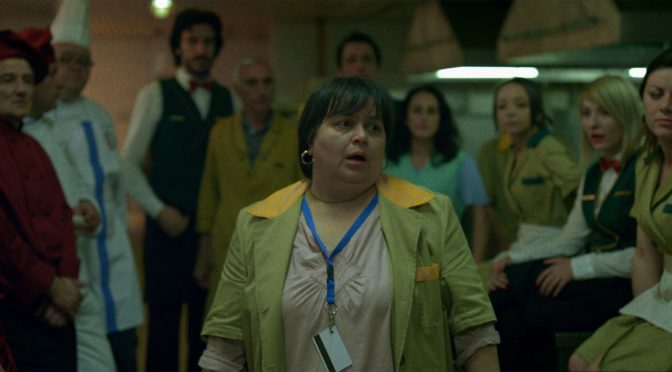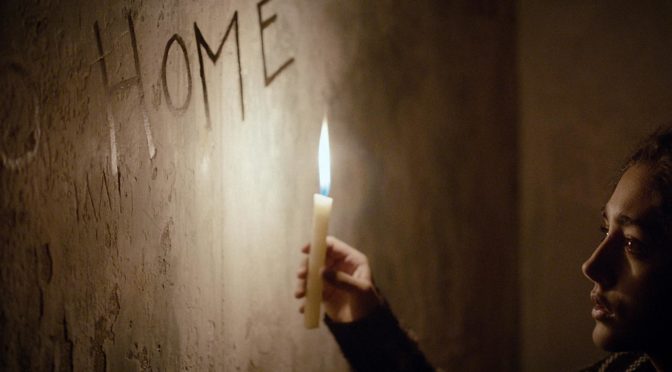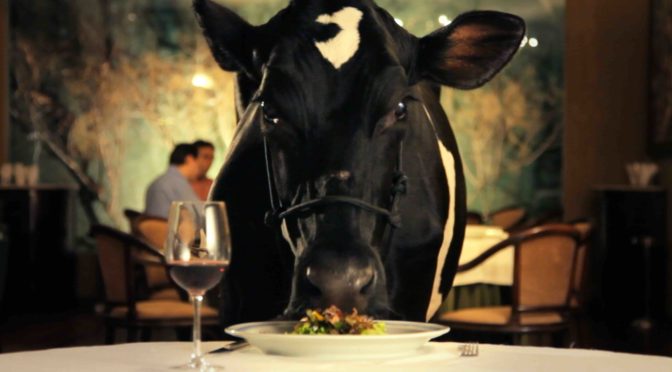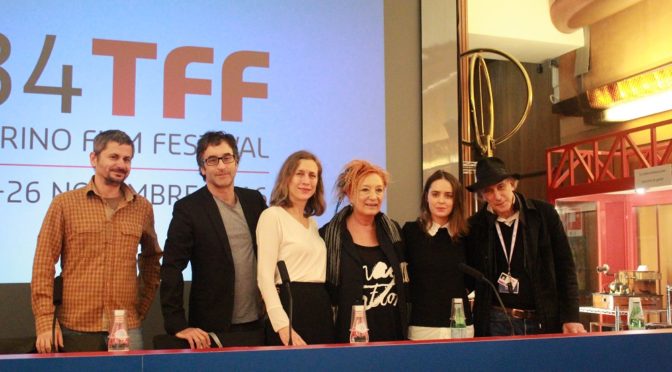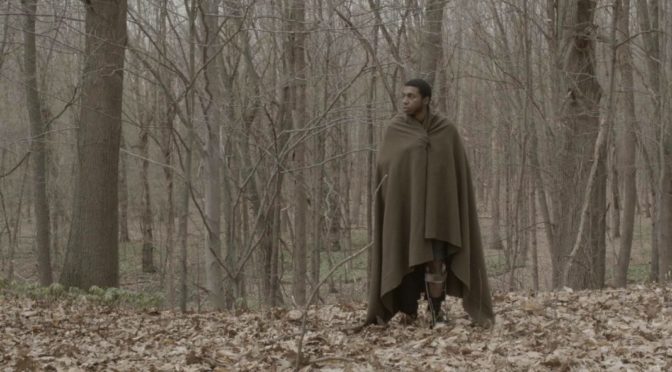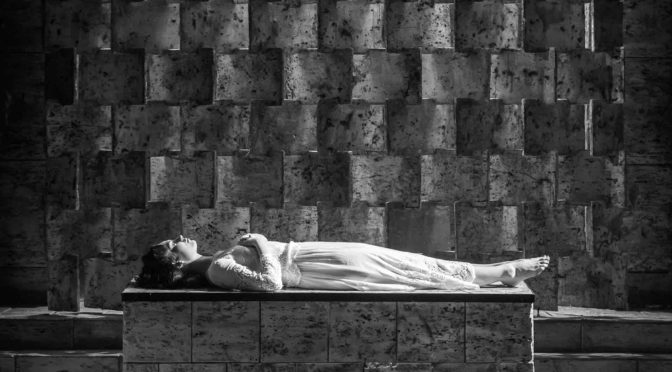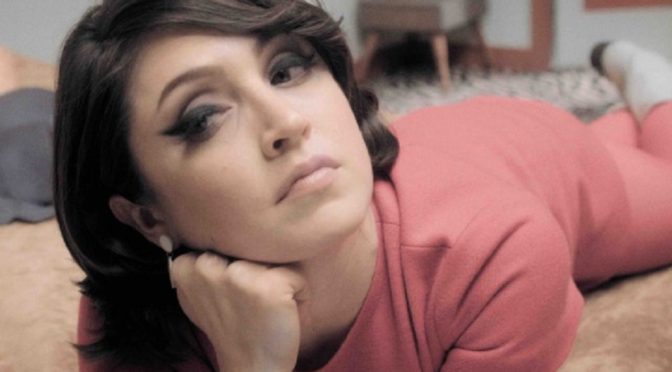Nella mia esperienza di spettatrice, i film francesi, di solito, sono o molto seri o molto poco seri (e in senso buono in entrambi i casi, sempre secondo il mio punto di vista). La loi de la jungle appartiene alla seconda categoria, non solo perché è una divertentissima commedia screwball (e non solo), ma anche perché assume toni fortemente parodistici e satirici verso un mondo, quello delle norme politiche ed economiche europee, estremamente burocratizzato, assurdo e folle, che non ha alcun contatto con la realtà.
Continua la lettura di “La loi de la jungle” (“Struggle for Life”) di Antonin Peretjatko




